BACK
 Grounding and Bonding Myths
Grounding and Bonding Myths
 Start Capacitor & Inrush, Facts & Myths – Part #4
Start Capacitor & Inrush, Facts & Myths – Part #4
 Commercial Contactor Considerations
Commercial Contactor Considerations
 Multimeter Categories
Multimeter Categories
 You’re Grounded
You’re Grounded
 Ohm My
Ohm My
 Something You May Want to Consider on Every Call
Something You May Want to Consider on Every Call
#electrical
Tech Tips:
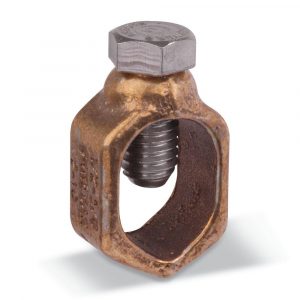
Grounding is an area of many myths and legends in both the electrical and HVAC fields. This is a short article, and we will briefly cover only a few common myths. For a more detailed explanation, I advise subscribing to Mike Holt's YouTube Channel HERE. Myth – Current Goes to Ground Actually, current (electrons) will […]
Read more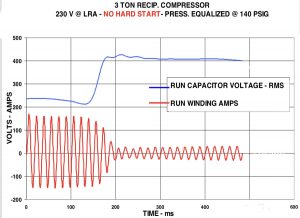
Now is the part where we get specific about start capacitors and inrush. If you haven't read the first three parts, please do so before reading this one, or it may not make sense. (You can find Part #1, Part #2, and Part #3 at these links.) I'm going to come out and say it […]
Read more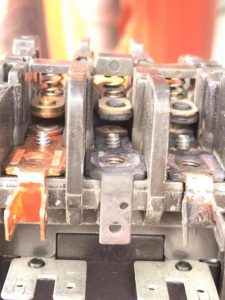
This tip was created by Jason Pinzak and originally posted on the HVAC Technician's Facebook group. It is reposted here with permission from Jason. Thanks! Contactors are useful in commercial and industrial applications, particularly for controlling large lighting loads and motors. One of their hallmarks is reliability. However, like any other device, they are not […]
Read more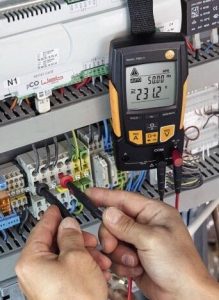
Testo 760 Category IV Multimeter I was standing at a booth at the HVAC Excellence Educators conference, and an instructor walks up, grabs a meter, and asks me, “What's the difference between a category 3 and a category 4 meter?” Well, I really wasn't sure, but I knew that the category 4 meter is rated […]
Read more
One of the most common questions we get from techs is about using a voltmeter to diagnose a high voltage circuit. It's especially tricky when a tech is used to working on a low-voltage or 120V circuit, where there is a clear “hot” side of the circuit and a clear “grounded” side of the circuit. […]
Read more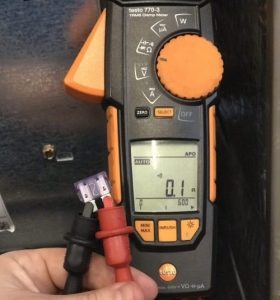
One of the most common mistakes I hear techs make is confusing zero ohms with infinite ohms. The fuse above is showing near-zero ohms, which indicates a good electrical path with very little resistance. If there is a perfect path, it would have zero ohms (which isn't actually possible unless you happen to be […]
Read more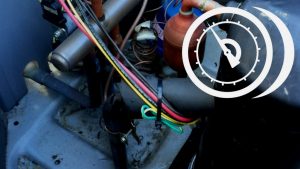
There are a few important things that I suggest checking on every service call to reduce callbacks and increase customer satisfaction. One of them that often gets missed is preventing wire rub-outs. One of my area managers and experienced tech Jesse Claerbout shot a video showing the simple step he takes to prevent major damage. […]
Read more




